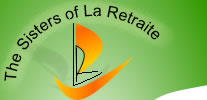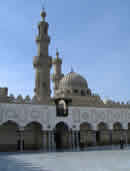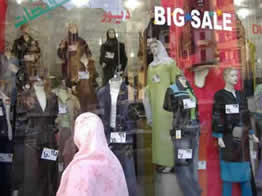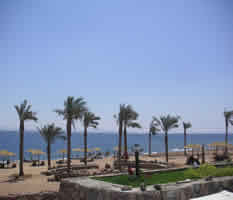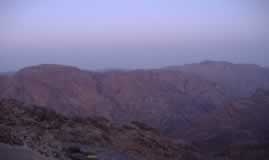
Our Spirit
NEWS
A Glimpse of Egypt in April
What can you possibly see or understand of a country in a week?! Well, quite a lot actually if you know where to go and what to look for.
I was lucky enough to have an experience of Egypt this spring which gave me a feel for that country’s history and culture, politics and people, which certainly made me much more interested in and sensitive to future developments there.
I went to Egypt on a study trip which was part of an M.A. module on the development of modern Egypt. The majority of our time was spent in Cairo but we also went across the Sinai desert to the Gulf of Aqaba, and to Alexandria.
It was a very intense week and I have many memories which all come flooding back as I write up my field diary and look at the photos.
Mosque of al-Azhar, Cairo. The Mosque dates from 970 C.E. and is a world famous centre of Islamic learning
Foremost amongst these are the mosques. I was struck by their simplicity and peace. Many of the mosques we visited were historic monuments, built by each successive ruler and displaying architectural features of each dynasty or period of Egyptian history. They were also today, places of beauty and places of prayer, places of calm and tranquillity in the midst of the bustling city.
We also visited the Coptic churches of Old Cairo, familiar because they were churches and yet very different. The icons of so many saints I had never heard of for example. I was aware that I was from the Latin West, one small part of a much wider Christian world! I was also aware, as well as the obvious differences, of certain similarities between the churches and the mosques: some of their architectural features for example or certain practices such as removing ones shoes. The different religious groups in Egypt are in many ways worlds apart and yet so obviously part of the same world too.
If one word was to sum up my stay in Egypt I would say it is “contrasts”. I was constantly aware of the contrasts before my eyes, between past and present, rich and poor, the ‘state of the art’ alongside traditional ways. This was typified for me in some of the shops. In some of the women’s clothes' shops for example, more traditional styles of Islamic dress would share the same shop window as jeans and tops. I don’t know of course if the same women bought both styles of dress but if these shop windows are a picture of Egyptian society as a whole it gives an image of great adaptation and flexibility.
Shop selling all styles of women’s clothing in downtown Cairo
Imagine my distress, shortly after my return, to hear of the bombings in Dahab, where we had stayed on our journey through Sinai. It was such a small, friendly resort, visited by Egyptians as much as foreign tourists and as with any terrorist attack it showed the absolute futility of violence, death and destruction, whatever the cause behind it.
Dahab: camels on the beach. Traditional life goes on amongst the economic development that tourism brings in the Sinai Peninsula. Other demonstrations in Cairo and other big cities have also been in the news over recent weeks, with calls for greater democracy. Life in contemporary Egypt is obviously not without its difficulties. Her future and perhaps much of the whole region would now seem to depend on how she is able to respond to growing demands for dialogue and change, and to hold together all the various and contrasting views on how the country should be ruled today.
Sinai just before the dawn, a place of pilgrimage for all three Abrahamic faiths.
